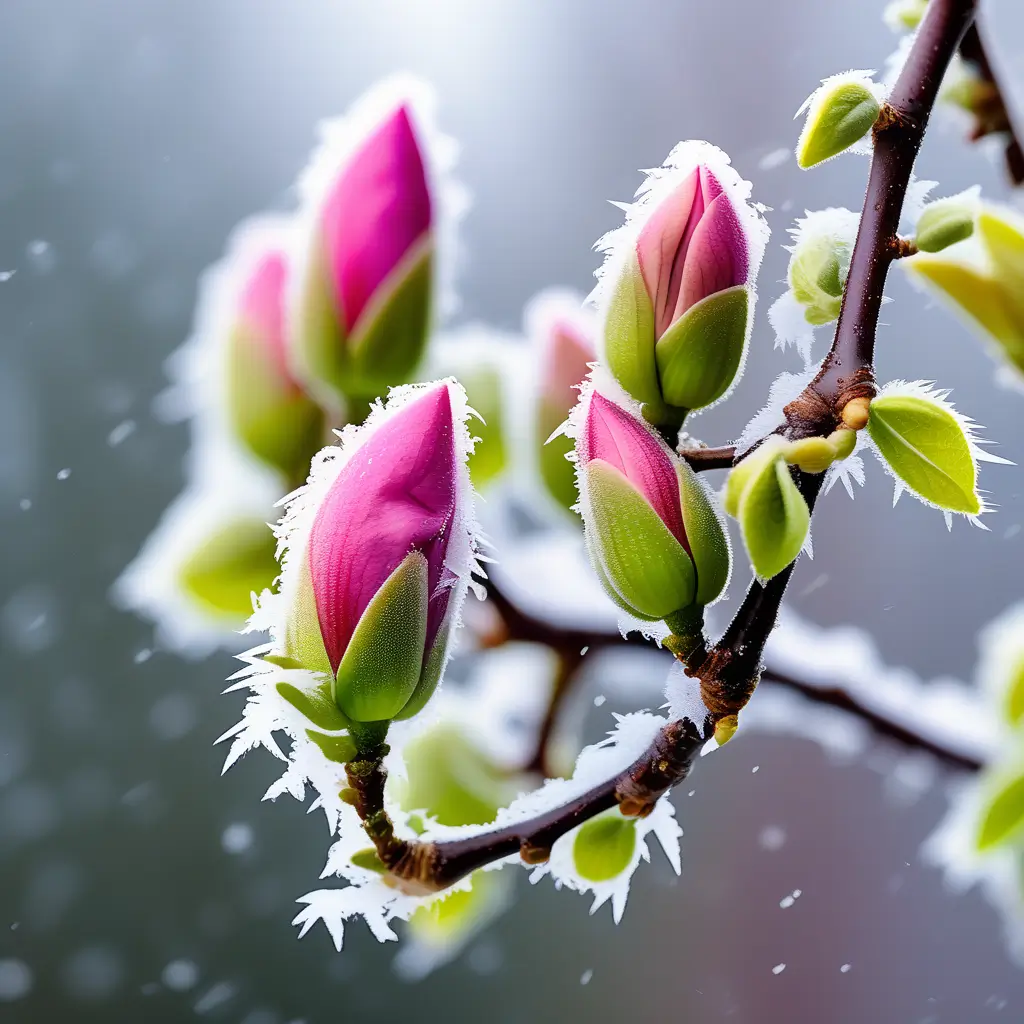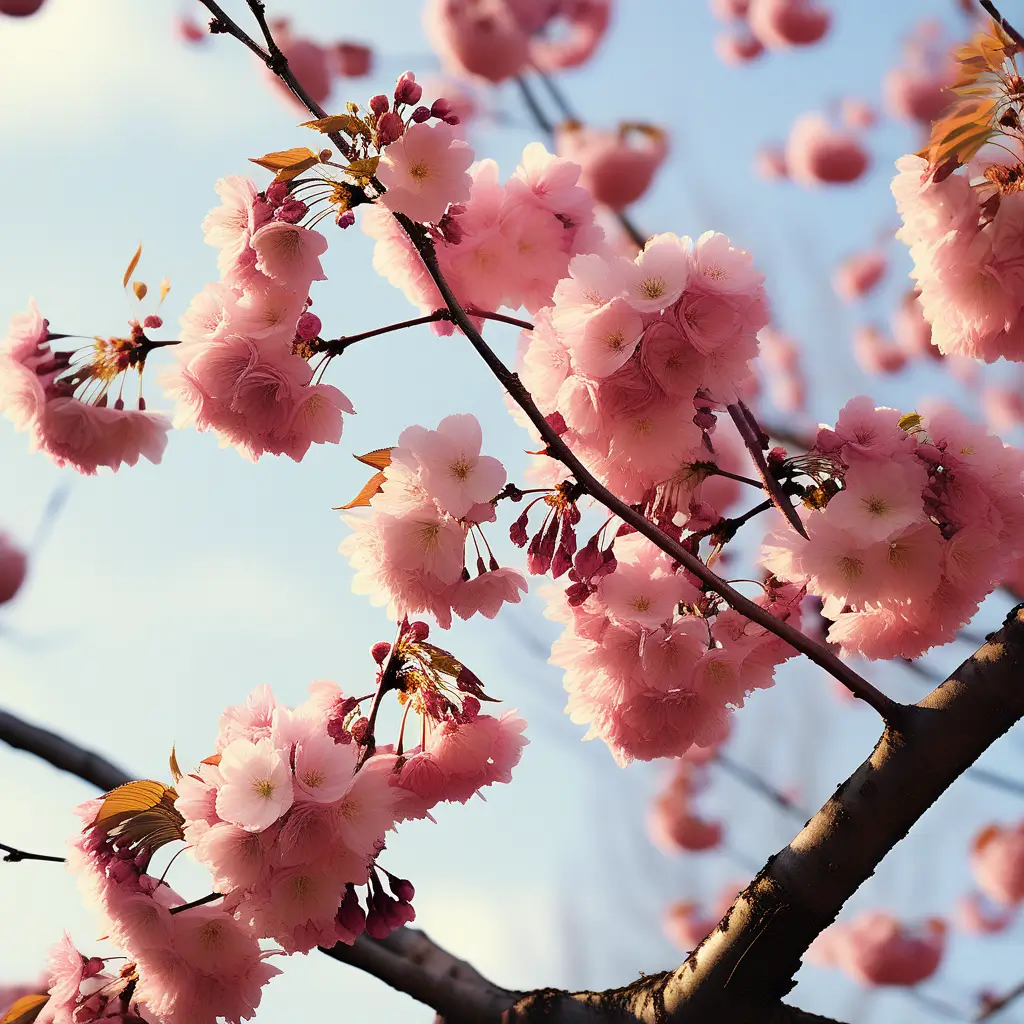Cherry blossoms herald the arrival of spring with their bright, cheerful flowers. But some years, cherry trees fail to put on their usual floral display. If your cherry tree isn’t blooming, don’t immediately assume the worst. In many cases, a few simple fixes can get your tree back on track for next year’s blossom season.
This article explores the top reasons why cherry trees don’t bloom and provides tips to help you troubleshoot and resolve the issue.
Lack of Chilling Hours
Cherry trees require exposure to cool winter temperatures before they can flower properly. This winter chilling period allows the tree to go dormant and prepare flower buds for the next spring.
What Are Chilling Hours?
Chilling hours refers to the amount of time a cherry tree spends at temperatures between 32-45°F during winter dormancy. Different cherry tree varieties need different chilling hour thresholds to trigger the hormonal and biochemical changes necessary for flowering.
How Many Chilling Hours Do Cherry Trees Need?
- Sweet cherry varieties – 400-1500 chilling hours
- Sour cherry varieties – 800-1800 chilling hours
Sweet cherries tend to require fewer chilling hours than sour cherries. Dwarf cherry trees also often need less chilling time than full size trees.
Tips for Ensuring Adequate Chilling Hours
- Track your region’s typical winter temperatures compared to cherry tree needs
- Choose tree varieties suited to your climate
- Plant trees in locations without heat exposure or reflection
- Avoid fertilizing late in the year as this can reduce dormancy
Insufficient Sunlight
Cherry blossoms bloom best when they receive at least 6 hours of direct sun per day. Insufficient sunlight exposure can lead to reduced flowering or no flowers at all.
Common Sunlight Issues
- New construction or plant growth now blocks sun
- Tree was planted in too much shade
- Nearby structures shade the tree
Overshadowing by other trees is one of the most common reasons for a lack of flowers on a cherry tree. Pruning back encroaching branches to allow more light to reach your cherry tree may help improve flowering.
Tips for Improving Sunlight
- Prune back competing vegetation
- Relocate potted cherry trees to a sunnier site
- Consider removing structures or trees shading the cherry
- Use reflective covers to direct more sunlight onto the cherry tree
Extreme Weather Events
Cherry trees bloom early in spring, making their emerging flower buds vulnerable to late winter and early spring weather events. Frost, wind, heavy rain, and rapid temperature changes can all damage flowers and reduce flowering.
Impact of Extreme Weather on Flowering
- Frost – Kills emerging cherry flowers
- Wind – Physically damages delicate flower structures
- Excess rain – Promotes fungal and bacterial diseases
- Temperature swings – Shock flower buds into not opening
Installing protective coverings, wind blocks, or avoiding poor drainage areas can help shield cherry trees from some extreme weather harm.
Protecting Flower Buds from Weather

- Use fabric covers, cones or sheeting when frost is forecast
- Place wind blocking structures on the windward side
- Improve drainage and air flow around the cherry tree
- Consider delaying pruning until after flower buds develop
Poor Tree Health and Care
Cherry trees need consistent care and good health to produce abundant blossoms year after year. Nutrient deficiencies, pests, diseases, and poor pruning practices can all reduce flowering.
Common Health Issues Affecting Flower Power
- Nutrient deficiencies – Reduce growth and flowering
- Bacterial canker – Kills spurs that bear flowers
- Root damage – Prevents uptake of water/nutrients needed for flowers
- Over/under watering – Stresses the tree
Ensuring cherry trees receive appropriate care including regular fertilization, pest monitoring, appropriate pruning and watering will promote good health.
Caring for Your Cherry Tree’s Health
- Fertilize each spring using a balanced 10-10-10 fertilizer
- Monitor for pests like aphids; take action promptly
- Prune for shape in summer, avoiding flower bud removal
- Water thoroughly in dry periods, especially before flowering
Age and Genetics
Both the age of a cherry tree and its genetic characteristics influence when it will begin flowering and its floral displays.
Flowering Based on Tree Age
- Young trees – May take 2-5 years after planting to bloom
- Mature trees – Flower reliably once juvenile phase passes
- Old trees – Experience weaker flowering due to age related decline
Have patience with young cherry trees. It takes time for them to become established enough to direct energy towards flower production.
Flowering Varies by Cherry Tree Type
- Some varieties like ‘Kanzan’ cherry are prolific flowerers
- Others like ‘Snow Fountain’ cherry have naturally sparse flowering
- Dwarf cherry trees often flower substantially earlier than full size trees
When planting a new cherry tree, research flowering habits for the specific cultivar you select.
When to Seek Professional Help
While the above issues are often easy to correct at home, some symptoms warrant seeking advice from a professional arborist or horticulturist. These include:
- Rapid vegetation dieback in crown and tips of branches
- Oozing lesions with sunken, dead bark
- Sudden leaf wilting despite adequate moisture
- Flowers that turn brown and die before fully opening
These signals can indicate advanced disease or pest infestations, poor root health, or other problems requiring diagnosis and specialized treatment.
Excessive pruning or damage to the tree can also limit flowering power. Never remove more than 1⁄4 of a cherry tree’s branches or cut away outer bud structures in one season. Doing so risks stunting floral display in following seasons.
Professional Care Options to Restore Flowering
- Pest and disease treatment programs
- Soil testing and correction of nutrient deficiencies
- Structural pruning and training by a certified arborist
- Assisted pollination techniques
Conclusion
Cherry trees are celebrated for their clouds of pink and white blossoms marking winter’s end. But when your cherry stays stubbornly flower-free, it certainly puts a damper on springtime enjoyment.
By assessing factors like chill hours, sunlight levels, weather harm, care regimen, genetics, and tree age you can get to the bottom of flowering problems. In many cases implementing solutions like pruning competing trees, preventative coverings, or improved drainage restores floral displays.
Persisting, chronic flower failures may signal complex health conditions necessitating expert assessment. But even older, struggling trees can often be revived and returned to their former spring glory.
Don’t resign yourself to a fruitless, flowerless cherry tree long-term. A bit of targeted troubleshooting can uncover the root causes at play and get your cherry tree blooming again soon!
